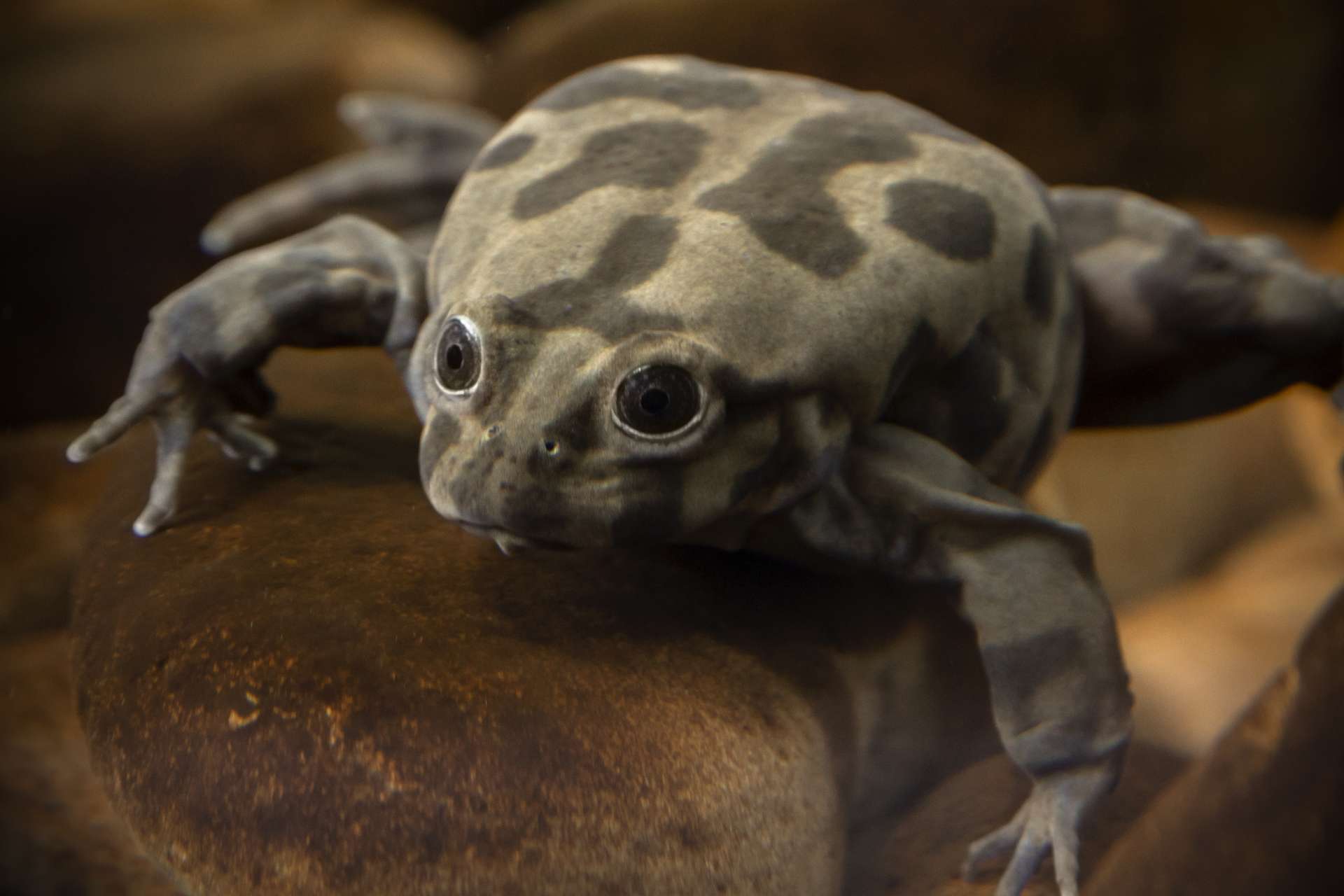Unraveling the Mystery of the Titicaca Frog
High in the Andes Mountains lies Lake Titicaca, home to the remarkable Titicaca water frog. This unusual amphibian, also known as the “scrotum frog” due to its wrinkled skin, has captivated the attention of scientists and nature enthusiasts alike.
This article delves into the fascinating world of the Titicaca frog, exploring its unique adaptations, the threats it faces, and the collaborative efforts underway to secure its survival.
A Frog of Extremes: Adapting to Life at High Altitude
The Titicaca frog possesses extraordinary adaptations that allow it to thrive in the challenging, high-altitude environment of Lake Titicaca. Its most striking feature, its deeply folded skin, isn’t just an anomaly; it’s a key to its survival. This increased surface area allows the frog to absorb more oxygen directly from the water, a crucial adaptation considering the lake’s low oxygen levels.
Breathing Underwater: A Unique Strategy
Unlike many frog species that rely primarily on lungs for respiration, the Titicaca frog has evolved an alternative approach—it breathes primarily through its skin. This adaptation allows it to remain submerged for extended periods, exploring the depths of Lake Titicaca in search of food and shelter.
Facing the Abyss: Threats to the Titicaca Frog
Despite its remarkable resilience, the Titicaca frog faces a growing number of threats that have pushed it to the brink of extinction.
- Pollution: Agricultural runoff, sewage, and mining waste contaminate the lake’s water, poisoning the frog’s habitat and disrupting its ability to absorb oxygen through its skin.
- Habitat Loss: Human activities, such as development and agriculture, encroach upon the lake’s shoreline and surrounding areas, diminishing the frog’s natural habitat.
- Overharvesting: The Titicaca frog is sometimes hunted for food or traditional medicine, further impacting its already vulnerable population.
- Climate Change: Rising water temperatures and altered precipitation patterns exacerbate the challenges facing the lake’s ecosystem, putting additional stress on the Titicaca frog.
- Invasive Species: The introduction of non-native species, such as trout, disrupts the delicate balance of the lake’s ecosystem, impacting the availability of food sources for the Titicaca frog.
A Glimmer of Hope: Conservation Efforts
Recognizing the urgency of the situation, scientists, conservation organizations, and local communities have rallied to protect the Titicaca frog and its fragile habitat.
- Captive Breeding Programs: Zoos and aquariums worldwide are establishing captive breeding programs to help bolster the frog’s dwindling population.
- Habitat Restoration: Efforts are underway to restore degraded habitats and create protected areas where the Titicaca frog can thrive.
- Community Engagement: Local communities, who have a deep understanding of the lake’s ecosystem, are actively involved in monitoring the frog’s population and promoting responsible fishing practices.
- Scientific Research: Ongoing research focuses on understanding the frog’s biology, the impact of threats, and effective conservation strategies.
The Future of the Titicaca Frog: A Collective Responsibility
The survival of the Titicaca frog hinges on a concerted, collaborative effort. Raising awareness about its plight, supporting conservation initiatives, and promoting sustainable practices are crucial steps toward ensuring a future for this remarkable amphibian and the unique ecosystem it calls home.
FAQs About the Titicaca Frog
Where do Titicaca frogs live?
The Titicaca frog is endemic to the Lake Titicaca basin, residing solely in the lake itself and its connecting rivers and smaller lakes. They prefer the deeper parts of the lake, often found at depths exceeding 33 feet.
What is the nickname of the Titicaca frog?
The Titicaca frog is often referred to as the “scrotum frog” due to its highly wrinkled skin. These wrinkles, while peculiar in appearance, are essential for its survival, enabling it to breathe underwater in the oxygen-poor environment of Lake Titicaca.
Conclusion: A Race Against Time
The Titicaca frog serves as a poignant reminder of the interconnectedness of species and their environments. While it faces significant challenges, the collective efforts to protect it offer a beacon of hope. By understanding the frog’s unique adaptations and the threats it faces, we can contribute to the conservation of this remarkable creature and the preservation of Lake Titicaca’s delicate ecosystem for future generations.
- Crypto Quotes’ Red Flags: Avoid Costly Mistakes - June 30, 2025
- Unlock Inspirational Crypto Quotes: Future Predictions - June 30, 2025
- Famous Bitcoin Quotes: A Deep Dive into Crypto’s History - June 30, 2025
















